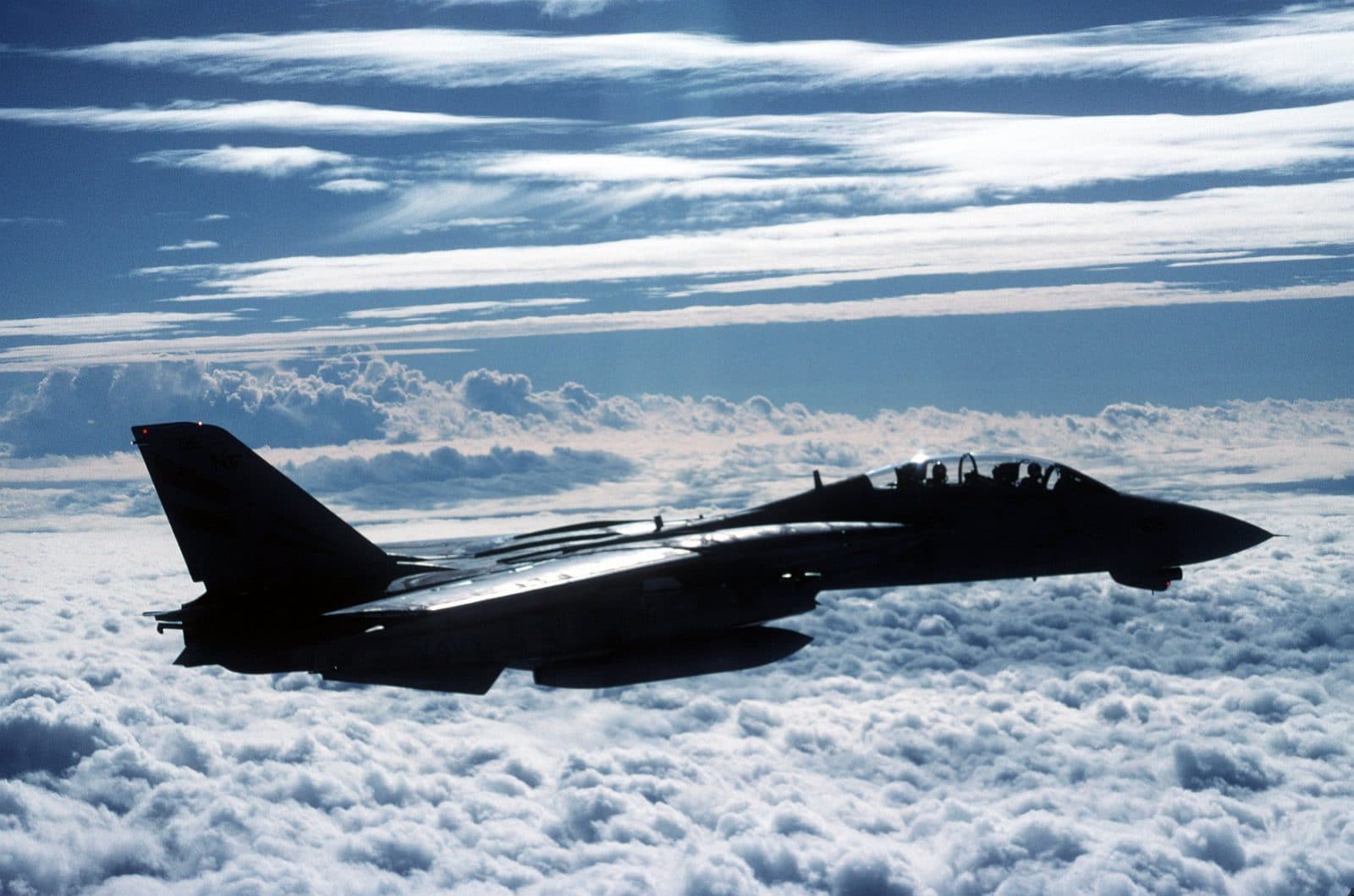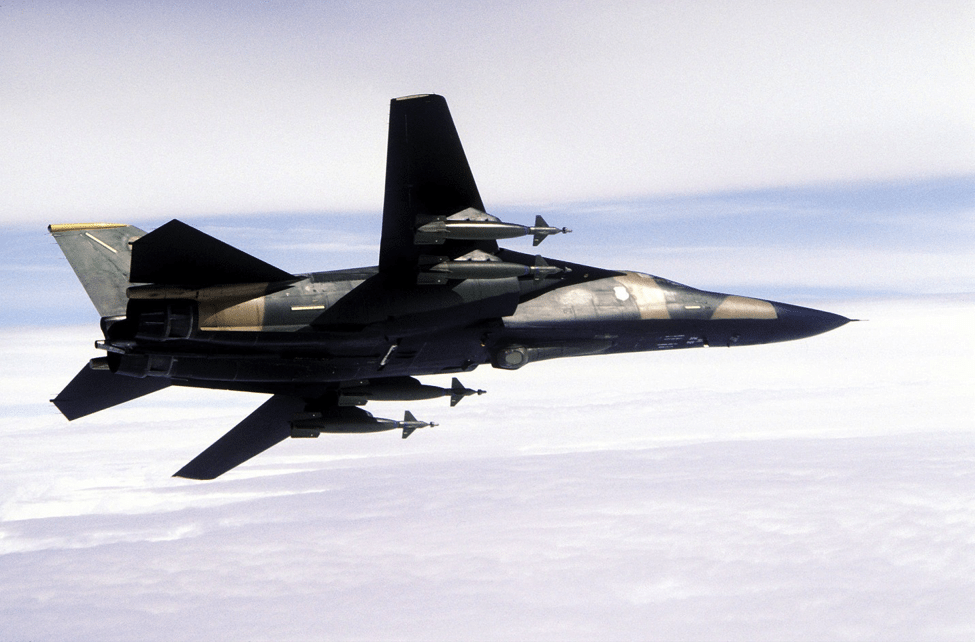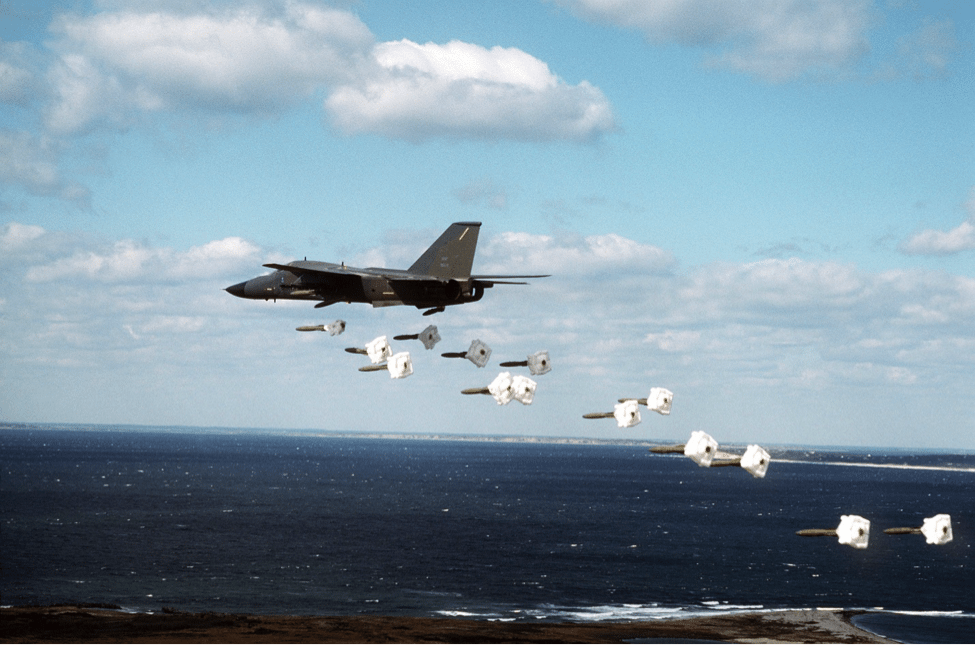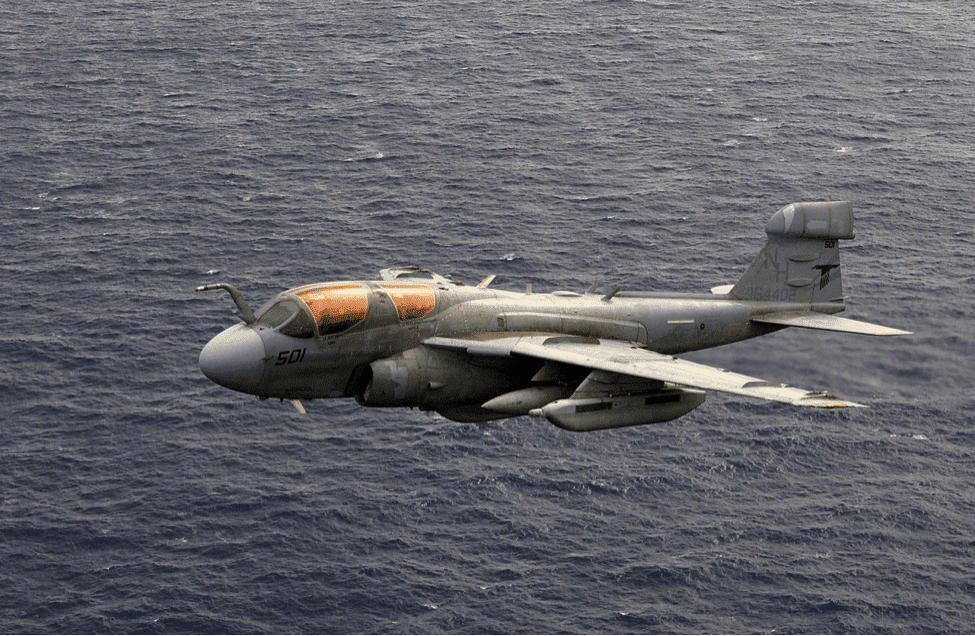The Operation Was a Show of Force But No Happy Ending
At 0200 local time on 14 April 1986, United States Air Force (USAF), United States Navy (USN), and United States Marine Corps (USMC) aircraft attacked targets in Tripoli and Benghazi, Libya. The attack was code named Operation El Dorado Canyon. The raid was President Ronald Reagan’s response to several Libyan-sponsored terrorist attacks in Europe, among them the 1985 Rome and Venice airport attacks that killed 19 and wounded approximately 150 people. On the night of 5 April 1986 Libyan agents bombed the “La Belle” nightclub in West Berlin, killing a Turkish woman and two American Army Sergeants, Kenneth T. Ford and James E. Goins. Also injured were 50 US military personnel among the total of 230 hurt. The gloves were about to come off.
Navy 2 Libya 0
Libya had been a thorn in the world’s side ever since Muammar Gaddafi had risen to power. Gaddafi was unapologetic about his support for terrorism, even saying publicly that he would continue to support terrorism. Previous confrontations had not gone well for Gaddafi. During a United States freedom of navigation exercise during August of 1981, two Libyan SU-22 Fitter pilots mixed it up with VF-41 Black Aces F-14A Tomcats. The T-shirts that magically appeared seemingly within minutes on every Navy base and air station around the world proclaimed: Navy 2. Libya 0. This engagement went down in history as the Gulf of Sidra Incident.

Going It Alone While “Allies” Sit It Out
President Reagan, having worked for several days after the LaBelle bombing with European and Arab countries to try and arrive at some kind of diplomatic resolution to the Gaddafi problem, decided on 14 April to attack terrorism-related targets in Libya. Unfortunately he got little or no support from any of the European countries. France, Italy and Spain not only denied overflight permission for the strikes; they also denied the use of any bases by the Americans. This would mean that the USAF bombers would have to fly from their bases in the United Kingdom around the entire European land mass in order to reach their Libyan targets- turning a long but manageable duration mission into a 15 hour, 5,500 mile marathon. It would be the longest mission flown by tactical aircraft to date. Go find your most uncomfortable chair and sit in it without getting up and moving around. For 15 hours. In the for-what-it’s-worth department, the French president was said to have denied the Americans his support because he wasn’t interested in a limited response, but wanted a stronger response that would remove Gaddafi from power. Does that make your six feel any better after hour ten in that chair?
Training for the Real-World Mission
One little-known aspect of the operation is that during October of 1985 ten of the F-111E Aardvarks of the 20th Tactical Fighter Wing (TFW) flew a practice long-duration bombing mission from their base at RAF Upper Heyford in the UK to Newfoundland, Canada and back again. Referred to as Operation Ghost Rider (cool name!), this training mission was conceived to work out any potential kinks in the plan so a similar mission could be flown the following year. Perhaps even against Libya. Information and tactics used by the 20th TFW were passed down the line to the 48th TFW, equipped with F-111F model ‘Varks.
Air Force Order of Battle
The order of battle for Operation Eldorado Canyon, which would be the first Air Force combat mission since the war in Vietnam, started with the 24 (including six spare) F-111F Aardvarks of the 48th TFW, based at RAF Lakenheath in the UK. These Pave Tack infrared targeting designator-equipped bombers would drop precision-guided Paveway bombs on their Libyan military targets. Providing electronic countermeasures support would be five (1 spare) EF-111A Ravens of the 42nd Electronic Combat Squadron (ECS) out of RAF Upper Heyford. 19 McDonnell Douglas KC-10A Extender and ten Boeing KC-135 Stratotanker aerial refueling tankers from RAF Mildenhall and RAF Fairford would provide the total of six aerial refuelings the USAF bombers and jammers would require to fly their assigned missions. The additional tanker assets needed to support the mission were moved in to the bases in the UK under the cover of a NATO exercise dubbed Salty Nation.




